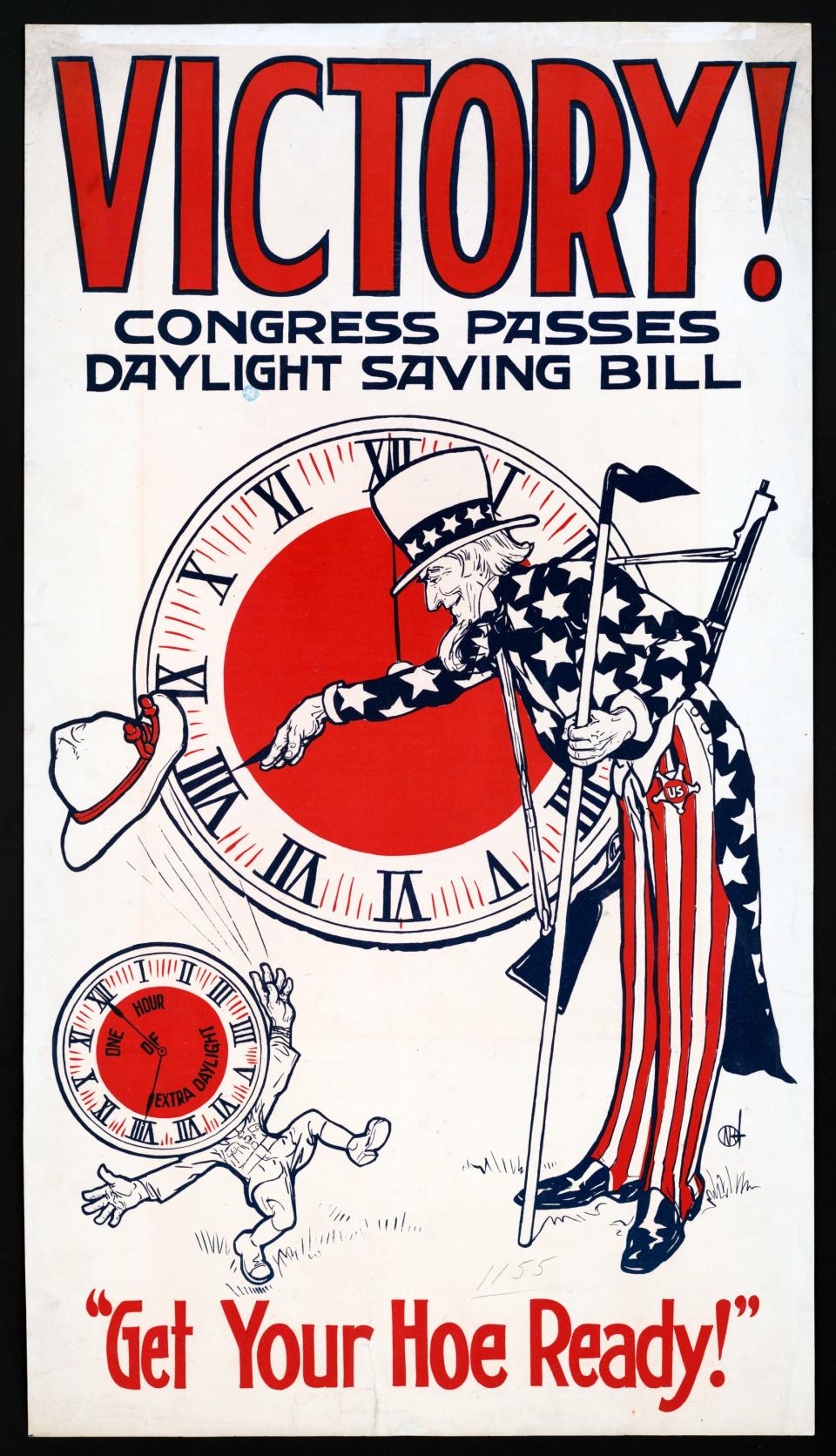When do you have to set clocks back one hour? What to know as daylight saving time ends
Would you like an extra hour of sleep?
Well, it's nearly that time of the year again — time to turn your clocks back an hour.
Here's everything you need to know about the seasonal practice of daylight savings time, including when it begins, when it ends, its long history and more.
When does daylight savings time end in 2023?

Autumn has arrived in the Northern Hemisphere, and daylight savings time will soon end.
Clocks will "fall back" one hour at 2 a.m. local time on Sunday, Nov. 5, 2023, allowing individuals to gain an extra hour of sleep. That same day, both sunrise and sunset will occur about 1 hour earlier.
SUNFEST IN OC: Ocean City's 2023 Sunfest: Everything to know before attending the big fall event
When does daylight savings time begin in 2024?
Come springtime, clocks will "spring forward" one hour, causing individuals to lose an hour of sleep.
Daylight savings time will begin at 3 a.m. local time on Sunday, March 10, 2024. As a result, both sunrise and sunset will occur about 1 hour later that day. Sunshine will be plentiful all summer long.
SALISBURY MAYOR RACE: Salisbury mayoral candidates talk downtown development, crime and economics in SU forum
Daylight savings time once known as 'war time'
Daylight savings time is a seasonal practice that occurs in order to make better use of natural daylight. Each year, it begins on the second Sunday of March and ends on the first Sunday of November.
Daylight savings time was first introduced in the United States on March 19, 1918, under the Standard Time Act. However, it was initially referred to as "war time" — a nickname no longer in use today.
By adding an extra hour of sunlight to the day, this would, in turn, help the country save on energy costs during World War I, according to the U.S. Department of Defense. Yet, the law was only in effect for about a year and a half before it was repealed.

HEALTH: Here's where to get a flu shot in Worcester, Wicomico and Somerset counties in Maryland
In February 1942, Congress implemented a law instating a national daylight savings time to help conserve fuel and promote national security and defense, hence the nickname "war time," reported the U.S. Department of Defense.
But, the law was once again repealed in 1945. For the next two decades, there were no set rules for daylight savings time, leading to much confusion across the country. It wasn't until 1966 that this changed.
When did daylight savings time start?
Congress officially passed the Uniform Time Act in 1966. This law implemented a uniform time and date for states to observe daylight savings time.
Only two states, Arizona and Hawaii, choose not to observe daylight savings time. Instead, both states stay on standard time year round.
Likewise, U.S. territories Puerto Rico, American Samoa, Guam, the Northern Marianas, and the U.S. Virgin Islands do not observe daylight savings time.
Olivia Minzola covers communities on the Lower Shore. Contact her with tips and story ideas at ominzola@delmarvanow.com.
This article originally appeared on Salisbury Daily Times: All to know about daylight savings time. When to set clocks back 2023

